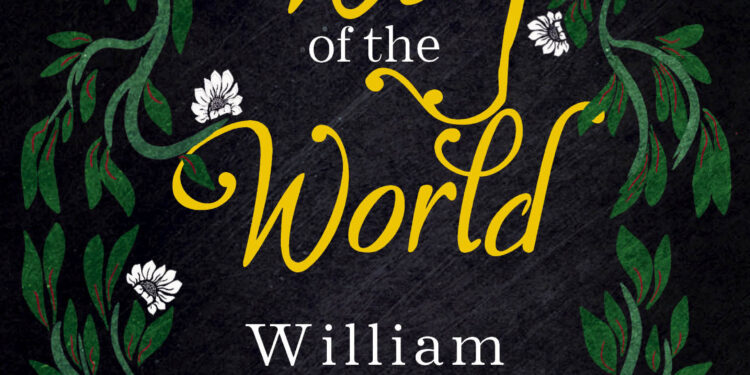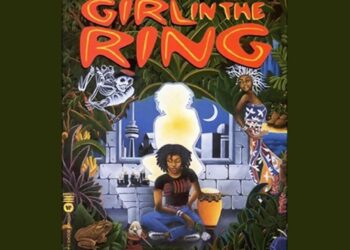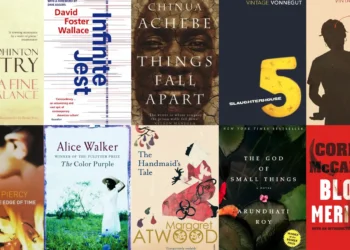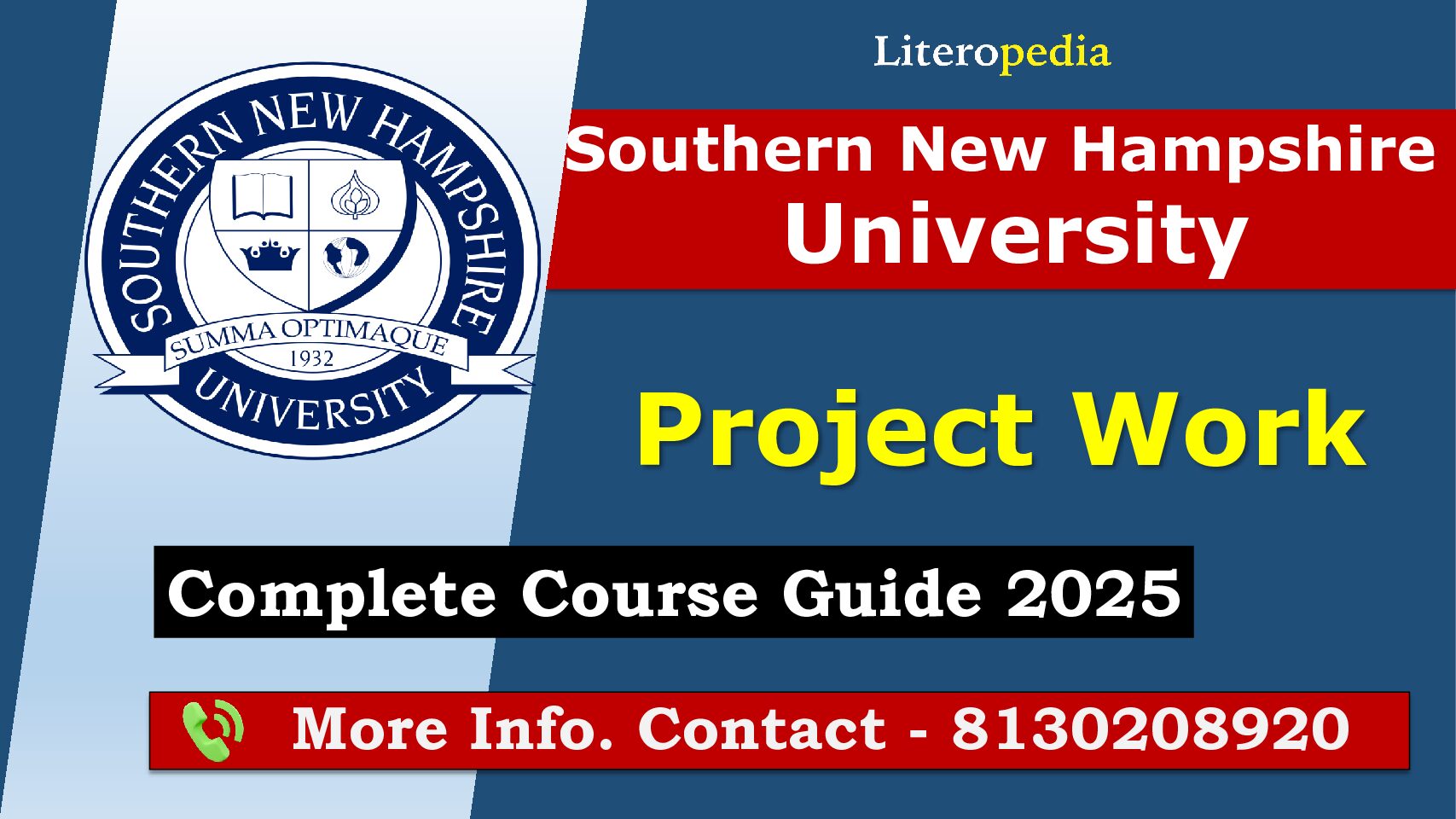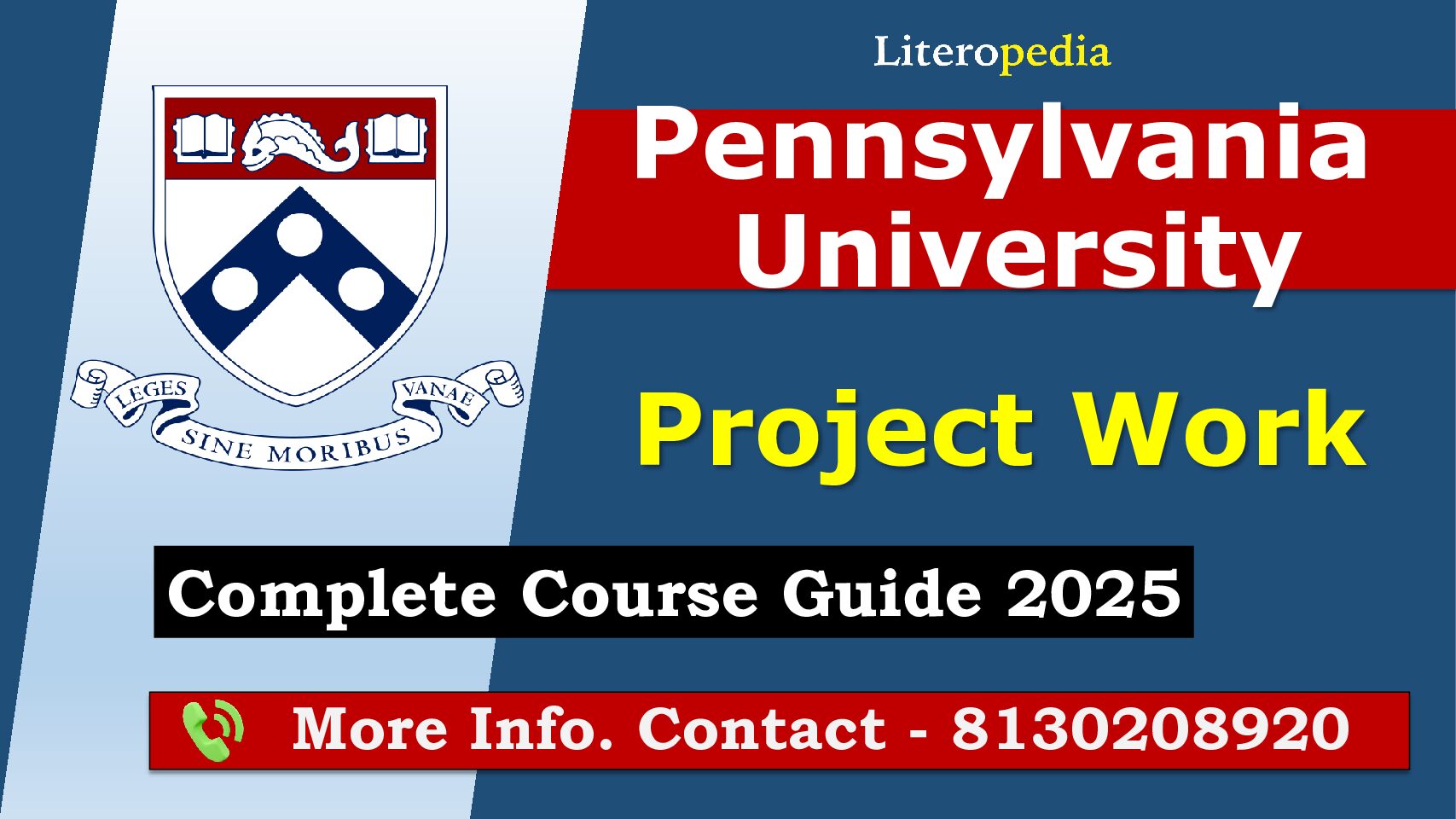Critically analyse the major themes in The Way of the World
The Way of the World written by William Congreve in 1700, serves as a perfect illustration of Restoration humor. The play explores a wide range of themes that reflect the complexities of human relationships, societal norms, and the pursuit of love and wealth. It is well-known for its clever dialogue, complex plotting, and satirical examination of the social and romantic mores of the time.
Marriage as a Social Contract:
Critically analyse the major themes in The Way of the World-A major topic in “The Way of the World” is the institution of marriage as a social and financial agreement. In order to arrange favorable matches, the play’s characters are entangled in a complex web of alliances, discussions, and calculated moves. The societal values of the era are reflected in the importance placed on wealth, social standing, and inheritance when assessing the feasibility of a marriage.
The protagonist of the play, Mirabell, is a prime example of a strategic marriage. His elaborate scheme to wed Millamant entails maneuvering around Lady Wishfort, her aunt, and negotiating the challenges of social expectations. The play emphasizes how many marriages during the Restoration era were transactional, with love frequently taking a backseat to social and financial concerns.
The Role of Women:
Congreve’s portrayal of women in “The Way of the World” is complex and multifaceted. The female characters navigate a society where their autonomy is constrained by patriarchal norms and societal expectations. Millamant, the play’s female lead, emerges as a witty and assertive figure who refuses to conform to conventional expectations.
Critically analyse the major themes in The Way of the World-Millamant’s character challenges traditional gender roles, as she insists on retaining her independence and freedom within the confines of marriage. Her famous line, “I will be free even from that secret power to which a wife is subject,” underscores her determination to assert herself within the marital union. Congreve, through Millamant and other female characters, critiques the limitations placed on women in a society that often treats them as commodities in the marriage market.
Wit and Language:
Mirabell and Millamant, in particular, engage in a battle of wits that serves as a form of courtship. The play’s linguistic richness not only entertains the audience but also becomes a means by which characters establish dominance, negotiate relationships, and express their individuality. Congreve’s clever use of language reinforces the idea that verbal skill is a valuable social currency in the world depicted in the play.
Also Read-
- Write a critical summary of Gulliver’s Travels Book IV
- How does the novel foreground that cultural colonization and geographical conquering go hand in hand
- What is the The Way of the World solution to the Hobbesian power struggle
In particular, Mirabell and Millamant participate in a wit-war that is a kind of courtship. The play’s rich language serves as a vehicle for the characters to negotiate relationships, assert their individuality, and establish dominance in addition to providing amusement for the audience. Congreve’s deft word choice supports the notion that, in the society the play imagines, speaking fluently is a valuable social currency.
Satire of Social Mores:
Congreve employs satire to critique the manners and conventions of Restoration society. The play satirizes the superficiality, affectation, and hypocrisy prevalent in the upper echelons of society. Characters such as Lady Wishfort, with her excessive vanity and pursuit of youth, become targets of Congreve’s sharp wit.
The play also satirizes the intricate etiquette and social rituals surrounding courtship and marriage. The “ways of the world” include elaborate codes of behavior, intricate plotting, and layers of deceit. Through satire, Congreve exposes the artificiality and moral ambiguity inherent in these societal norms, inviting the audience to reflect on the absurdity of certain conventions.
Deception and Manipulation:
Deception and manipulation are pervasive themes in “The Way of the World.” Characters engage in elaborate schemes, strategic alliances, and deceitful tactics to achieve their desires. Mirabell’s plan to marry Millamant involves orchestrating a complex series of events, including the creation of a false scandal and the use of disguise.
Critically analyse the major themes in The Way of the World-The prevalence of deception underscores the precarious nature of relationships in the play. Trust is a fragile commodity, and characters must navigate a world where appearances often diverge from reality. The play suggests that manipulation is an inherent part of the social fabric, and individuals must be astute and resourceful to navigate the complexities of relationships and social advancement.
Conflict between Love and Money:
The tension between love and financial considerations is a recurring motif in “The Way of the World.” While characters profess love, the economic and social aspects of marriage remain crucial. Mirabell’s love for Millamant is entangled with the need for her fortune to secure their future together. Similarly, other characters grapple with the practicalities of maintaining or elevating their social status through marriage.
The play reflects the economic realities of its time, where marriage was often an economic transaction with profound social implications. Congreve uses this theme to comment on the compromises individuals must make between matters of the heart and financial pragmatism, highlighting the often-conflicting priorities in the pursuit of happiness.
Restoration Morality and Individual Freedom:
“The Way of the World” reflects the moral landscape of the Restoration period, characterized by a loosening of moral strictures and a pursuit of individual freedom. The characters, while constrained by societal norms, also assert their individual desires and autonomy. The play recognizes the tension between personal freedom and societal expectations, particularly in matters of love and marriage.
Millamant’s insistence on maintaining her independence within marriage embodies the spirit of individualism. The play suggests that while societal expectations may shape behavior, individuals can, to some extent, carve out spaces for personal agency and autonomy. This theme resonates with the broader cultural shifts of the Restoration period, where notions of personal freedom and individual expression gained prominence.
Critique of Materialism:
“The Way of the World” offers a critique of the materialistic values that underpin societal expectations. Characters often evaluate one another based on wealth, social standing, and inheritance. The pursuit of financial advantage and the commodification of marriage reflect the materialistic ethos of the time.
Critically analyse the major themes in The Way of the World-Congreve’s critique extends to the notion that wealth and social status do not necessarily guarantee happiness or fulfillment. Characters may achieve their material goals, but the play suggests that genuine happiness requires a more profound connection, grounded in mutual respect and understanding. This critique challenges the prevailing materialistic mindset of the era.
Conclusion
“The Way of the World” by William Congreve stands as a brilliant and enduring work that encapsulates the spirit of Restoration comedy while offering a sharp and incisive critique of the social, romantic, and moral landscape of its time. Through its intricate plotting, witty dialogue, and exploration of various themes, the play delves into the complexities of human relationships, the transactional nature of marriage, the role of women, and the prevailing social mores. It offers a satirical lens through which the audience can reflect on the artificiality, affectation, and hypocrisy inherent in the upper echelons of society during the Restoration period.
Marriage emerges as a central theme, portrayed not merely as a union of love but as a complex social and economic contract. The characters navigate a world where love often contends with financial considerations, and societal expectations dictate strategic maneuvering and deception. The role of women is examined through characters like Millamant, challenging traditional gender roles and highlighting the limitations imposed by patriarchal norms.
Wit and language, intrinsic to the play, serve as both a weapon and a currency in the characters’ social interactions. Congreve’s masterful use of language contributes to the play’s entertainment value while reinforcing the importance of verbal skill in navigating the intricacies of the social milieu.
The tension between love and money is palpable throughout the play, reflecting the economic realities of the time. Individual freedom and autonomy are explored against the backdrop of societal expectations, and the characters grapple with the compromises between personal desires and social constraints. The play also critiques materialism, questioning the idea that wealth and status guarantee happiness and fulfillment.
FAQs:
1. How does “The Way of the World” reflect the societal values of the Restoration period?
“The Way of the World” reflects the societal values of the Restoration period through its exploration of the transactional nature of marriage, the prominence of materialism, and the adherence to social norms. Characters engage in strategic maneuvers and alliances to secure advantageous marriages, reflecting the emphasis on wealth and status. The play satirizes the affectation and hypocrisy prevalent in the upper echelons of society during this era.
2. What is the significance of wit and language in the play?
Wit and language are of paramount significance in “The Way of the World.” The play’s characters engage in sharp and eloquent dialogue, using wit as a means of navigating social intricacies, establishing dominance, and expressing individuality. Congreve’s masterful use of language contributes to the play’s entertainment value while reinforcing the idea that verbal skill is a valuable social currency.
3. How does the play address the conflict between love and financial considerations?
The conflict between love and financial considerations is a recurring theme in “The Way of the World.” Characters, including the protagonist Mirabell, grapple with the practicalities of maintaining or elevating their social status through marriage. The play suggests that the pursuit of love is often entangled with economic considerations, reflecting the economic realities of the Restoration period.
4. How does the play critique the role of women in Restoration society?
“The Way of the World” critiques the role of women in Restoration society by portraying them as constrained by patriarchal norms and societal expectations. Female characters, such as Millamant, challenge traditional gender roles by asserting their independence and autonomy within the constraints of marriage. The play invites reflection on the limitations imposed on women in a society that often treats them as commodities in the marriage market.

